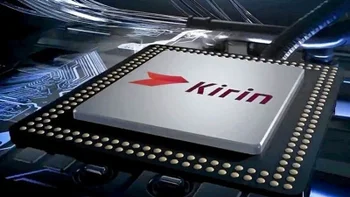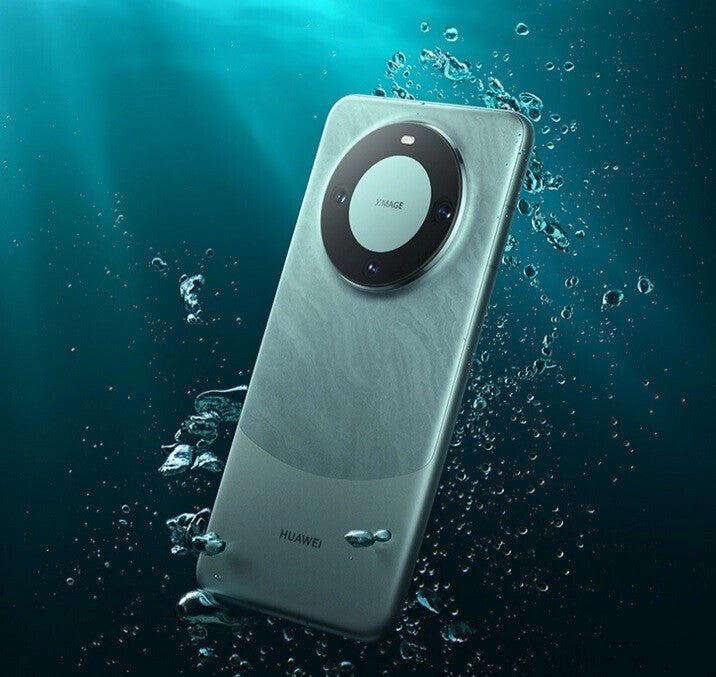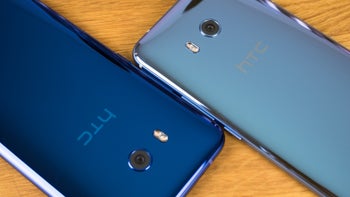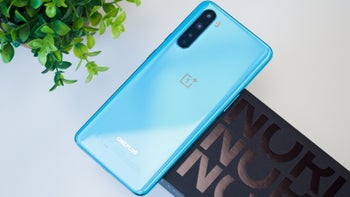CEO of research firm reveals what he says is the big secret behind the Kirin 9000S chipset

When Huawei introduced the 5G Mate 60 Pro at the end of August, it didn't mention anything about the chipset that was running the device. It wasn't until the phone went through a teardown that it was discovered that Huawei's own Kirin 9000S was under the hood, and the chip was produced by China's largest foundry using its 7nm process node. And that riled up U.S. government officials who thought that SMIC and Huawei had to be doing something illegal to build these chips.
In 2020, the U.S. Commerce Department changed an export rule preventing any foundry using American technology to build chips from sending cutting-edge silicon to Huawei. In 2020, China's largest foundry, SMIC, used what was its most advanced process node at the time, 14nm, to produce its first chip for Huawei, the Kirin 710A. This chip was built for mid-range handsets.
The Kirin 9000S was built on SMIC's 14nm node and uses "special techniques" to get 7nm performance
So when it appeared that SMIC was able to produce the 7nm Kirin 9000S chip for the 5G Mate 60 Pro, there was talk about tightening the sanctions against Huawei and adding some restrictions for SMIC as well. But now one researcher says that the Kirin 9000S chip might have been built using SMIC's 14nm process node and "special techniques" were used to allow the chip to perform at a level consistent with 7nm silicon.

The Huawei Mate 60 Pro is powered by a 5G Kirin 9000S chip made by SMIC
The lower the process node number, the smaller the features of a chip including the transistors used. Smaller transistors mean that more can fit inside a chip. The higher a chip's transistor count, the more powerful and/or energy-efficient a chip is. That is why everyone has been talking about the Apple A17 Pro chipset used to power the iPhone 15 Pro and iPhone 15 Pro Max; these are the only phones that will be powered by a 3nm SoC to be released this year.
If SMIC used its 14nm node to build the Kirin 9000S, it would mean a few things:
- Building the chip didn't violate the U.S. sanctions since SMIC could make 14nm chips before the ban even started.
- The Huawei Mate 60 Pro might not be as fast as thought.
- SMIC remains far behind foundries like TSMC, Samsung Foundry, and Intel as the three battle for process leadership.
The CEO of research firm Fomalhaut Techno Solutions, Minatake Mitchell Kashio, told the South China Morning Post (via Wccftech) through an email that the Kirin 9000S chipset is not a legitimate 7nm chip but is a 14nm chip. He added that "special techniques" were used to push the performance of the component up to the 7nm level. Despite the comments from Kashio, the Kirin 9000S benchmarks tally scores that belong to a 7nm chip.
Regardless of what node was used on the Kirin 9000S, SMIC will find it hard to get under 7nm
It is possible that SMIC did build the Kuirin 9000S using a 7nm node. In 2022, SMIC surprisingly introduced a 7nm node that it reportedly copied from TSMC and used it to build a Bitcoin Miner SoC which was not smartphone quality. Additionally, SMIC does own a DUV machine allowing it to use deep ultraviolet lithography to etch the circuitry for a 7nm chip on a silicon wafer.
For SMIC to get under 7nm to 5nm or lower, it would need an EUV machine that uses extreme ultraviolet waves to etch even thinner circuity patterns on silicon wafers. Only one company in the world makes the $200 million EUV machine, and that is Dutch firm AMSL which is following U.S. restrictions and refuses to ship the school bus-sized machine to China.
The U.S. export controls are designed to keep China at a 14nm process node and remain a decade behind cutting-edge foundries. But if the Kirin 9000S is a legit 7nm chip, then China is only four years behind according to one report. The problem is that no one can say for certain how SMIC built the Kirin 9000S and neither the foundry nor Huawei is talking.













Things that are NOT allowed: